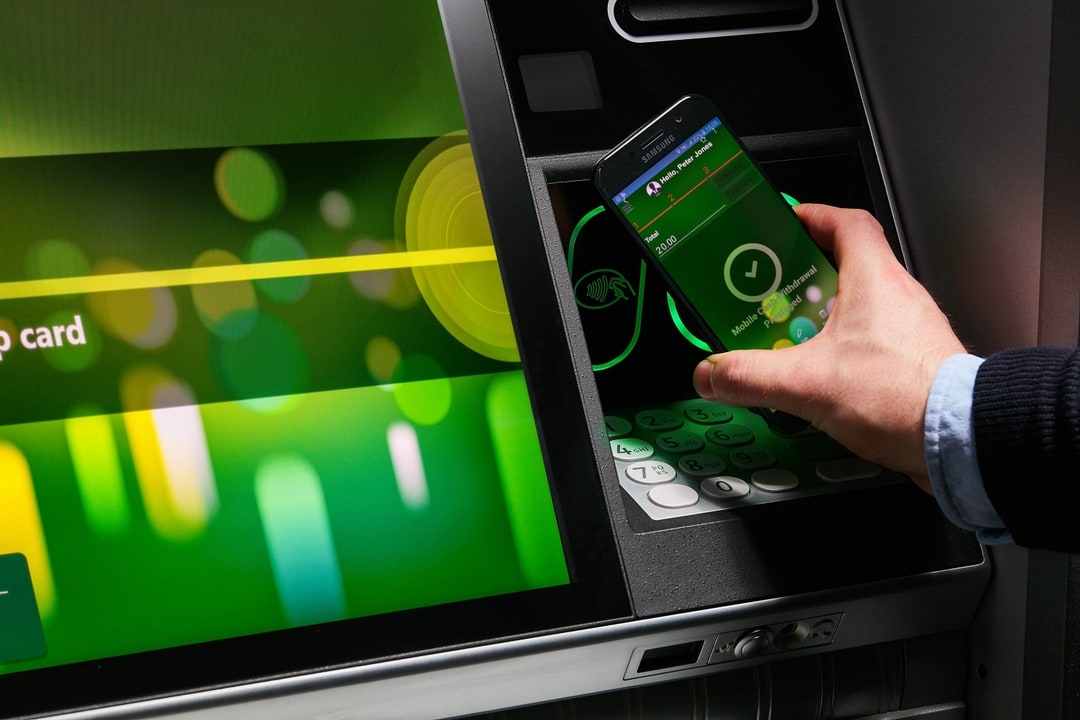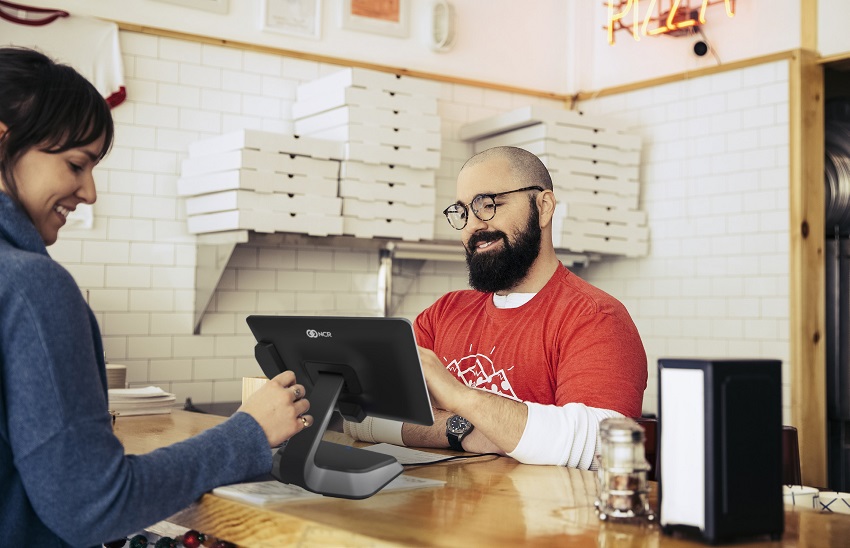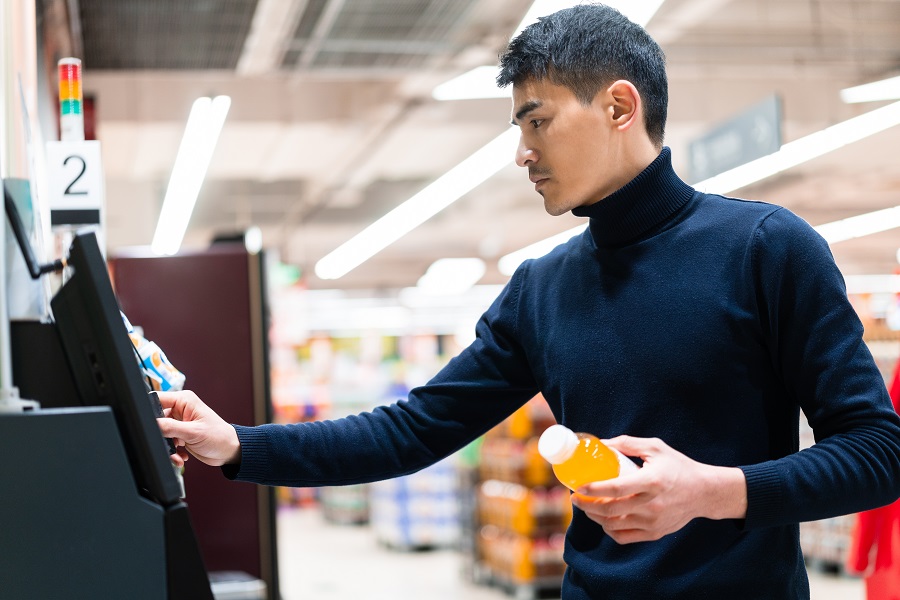Personalization can be the key to
boosting your loyalty program
Published March 1, 2022
How personalization can boost your Loyalty Program
Personalization can be found in all walks of life, and loyalty programs are no different. Here’s how you can bring an element of personalization into your marketing.
Loyalty programs are nothing new. They’ve been a part of the business world for as long as people have been selling stuff. However, the world of business is changing, and so are customers. No longer is it enough to offer a loyalty program. You need to make it personal.
How do loyalty programs boost engagement?
Loyalty programs have a tried and tested track record of boosting customer engagement. Companies with strong loyalty programs grow revenue 2.5 times faster than their competitors and generate 100% to 400% more returns. More than half of Americans will join the loyalty program of the companies they buy regularly from according to data from Yotpo.
Traditionally, they have come in many shapes and forms such as:
- Cash back schemes: Once you spend a certain amount in store, you can get cash back, although more often than not ‘cash’ comes in the form of coupons which you can spend in store.
- Points programs: These work very simply and will often be part of a grocery store chain offering. For all purchases customers make, they get points. These points can build up to a point where they can afford different rewards.
- Punch cards: These are a bit of a throwback. Companies would literally hand out cards which could be punched each time customers made a purchase. Once they’d built up enough points, they would be entitled to a discount. Today, many mom-and-pop stores stick with the traditional cards, although others have upgraded to electronic alternatives.
- Tiered programs: These give customers a chance to level up based on how much they spend in a given store. As their dollar spend goes up, they can move up a tier which opens up a range of exclusive offers. As well as giving people an incentive to keep buying, they also offer a sense of exclusivity. No longer are customers simply buying a product, they are now part of a club for which they receive exclusive benefits.
- Premium loyalty programs: Rather than give customers access to more benefits as they spend, these allow them to pay up front for instant access to those benefits. Banks often use this approach by offering premium accounts which include a fee in return for a number of benefits, such as car insurance or breakdown cover.
However, it’s not enough to just cut and paste generic offerings – at least not anymore. Customers need something more appealing if they are to engage with those loyalty programs.
What customers want from loyalty programs?
The first question businesses have been asking is, what do people want from loyalty programs? The knee-jerk reaction to this is they are simply looking for discounts and money off their regular shops. This is true for many shoppers but when you dive deeper you will also find that people want many different things. A survey from eMarketer found that aside from discounts and freebies, people want exclusivity and access to unique sales, higher priority services, and elevated status. Giving people a VIP service, based on their personal habits, can make them feel special and valued.
Equally, people want more personalization, in all their contact with businesses. Indeed, we have come to expect it in all walks of life. It’s there in the personalized adverts which greet us when we log onto social media, and it’s there when we see suggested titles on streaming services such as Netflix. If we then look at our loyalty programs and see the same, bland, generic offers, we will inevitably switch off.
This is validated in the data. According to Yotpo, almost a third of customers want their customer loyalty programs to be more interesting. Although loyalty program use is on the rise, the majority (65%) of consumers do not engage with all the loyalty programs they are a part of.
Therefore, not all loyalty programs are created equally. Engagement varies which means how much value your business receives from them will depend greatly on things you do to satisfy those people who want rewards to be more interesting.
Delivering personalized loyalty programs
The next question is how businesses can deliver it?
The truth for any business is that everyone is different. Things that will delight person A might confuse and even repulse person B. Businesses need to find a good way to give both of them what they want.
The good news is that technology and the rise of big data is enabling businesses to do just that. Companies of all kinds have become much better at capturing data about their main customers. Brands which have strong loyalty programs have a huge amount of data about each of their customers which in turn allows them to offer a more tailored service.
It’s a self-sustaining cycle in which greater personalization makes for stronger loyalty programs which in turn makes it easier to personalize marketing messages.
Levels of personalization
Personalization can come in various tiers. At a more generic end, companies monitor users’ buying behavior to put them into demographic groups which might inform them about what type of loyalty programs will appeal. These might include customers who are just looking for discounts, those who prefer the experience of using a brand, casual subscribers or in- store point miners. Customers will be put into groups based on their preferences which will enable the business to tailor their marketing messages accordingly.
However, technology increasingly makes it possible to offer customized marketing messages that go much deeper. By tracking each buyer’s purchasing history, a business can create a personalized dashboard for each customer which can show all their interactions including purchases, loyalty points, potential rewards and how they have used any promotions or loyalty offers in the past. Automated algorithms can then provide uniquely personalized rewards based on the kind of products that person uses. All this information can be used in any contact with customers be it in person, social media or by email.
EasyJet, for example, tapped their customer data to create highly personalized marketing stories for each customer via email. These emails told each customer’s story from their first flights to any suggested future flights adding in information about their travel behavior and personal recommendations for future trips they might enjoy taking. Open rates were more than 100% higher than their usual emails.
Related: The best retail loyalty programs turn customer activity data into powerful personalization
Surprise and delight
Data is being used by companies to offer personalized rewards and redemptions based on their data to give people loyalty programs which are more tailored to their experiences. This can be a simple approach along the lines of providing someone who regularly buys certain products discounts off those brands or providing discounts for related recommended products. Delving into data allows businesses to make estimates about the type of products someone might be interested in.
It works in much the same way as Netflix offering a suggested titles feature. Based on a person’s viewing habits, they can delve into their vast catalog of titles and suggest what people might like.
This has a surprise and delight factor for customers by giving them access to something they wouldn’t have expected. These can include gamified solutions in which people receive personalized offers in a game-like package. For example, one supermarket offered its customers reward boosters within their app which would deliver the most hyper relevant offers based on their personal buying histories. They also leverage second and third-party sales data to offer rewards to their most profitable shoppers. To access these offers, customers can use the company app, complete an offer challenge and then receive a reward.
Using personalization, loyalty programs can go beyond the traditional approach which is limited to points for purchases. They can offer a much wider range of returns, for example, by offering points in return for social interactions. For example, using social media, brands can turn their own followers into brand ambassadors by giving them rewards for promoting certain messages.
For instance, you can ask people to retweet a promotion and receive a reward in the form of points or a special gift. Alternatively, you can have people participating in online quizzes and games to build their loyalty.
Offering a more interactive experience, in which customers can choose the way they earn points, can further increase user engagement, leading to stronger feelings of brand loyalty and lower churn rates. This in turn will lead to a higher level of revenue per customer. Data suggests 60% of loyal customers will spend more with their preferred companies. On average, customers spend 67% more in their third year with a business than the first two.
Privacy and competition
Building loyalty, then, is extremely crucial to any company’s bottom line. However, technology has empowered customers, giving them more choice. Retaining that loyalty is a constant and ongoing battle. Even a couple of poor instances of customer service can have the most loyal customers looking elsewhere.
The heat is on, and businesses are having to up their game to offer more effective and more personalized loyalty programs. Those who can manage this are reaping the dividends, but this approach is not without its challenges.
Firstly, there is the issue of privacy. Customers are eager to have more personalized experiences from customers and for that they are willing to let companies handle their data. However, they are also more concerned about privacy and aware of the risks which come from sharing their data with third parties. Any business which suffers a data breach will find it more difficult to rebuild their trust with those customers if they are shown not to have taken good care of their customers’ data.
Consumers also like to be in control of their interactions with customers. That means they want to know what data companies have on them and to consent to all forms of communication. Unexpected contact can create irritation as well as potentially breaking various data protection regulations.
However, as long as you are transparent with your customers, and show how you’re taking precautions to protect their data, they will be happy to work with you in building a much closer and longer lasting relationship.
Secondly, competing for their attention has never been more difficult. Customers may receive hundreds of marketing messages each day. The vast majority will go straight to the marketing bin. Standing out from the crowd is almost impossible if you do not inject personalization into your messaging.
Loyalty programs, therefore, take on an extra dimension. By offering a more personalized approach, businesses can provide customers with a more exciting and engaging type of interaction.
The data they can receive from those interactions can in turn be used to improve their marketing efforts and make their offers even more personalized. For those companies which are looking to build ongoing relationships with customers, therefore, personalized loyalty programs will form the basis of their marketing efforts.
Related: Is your grocery eCommerce solution stealing your brand identity?
WEBINAR REPLAY: Top 5 lessons from the pandemic that are key to the future of eCommerce
Learn how to boost your sales – quick.



